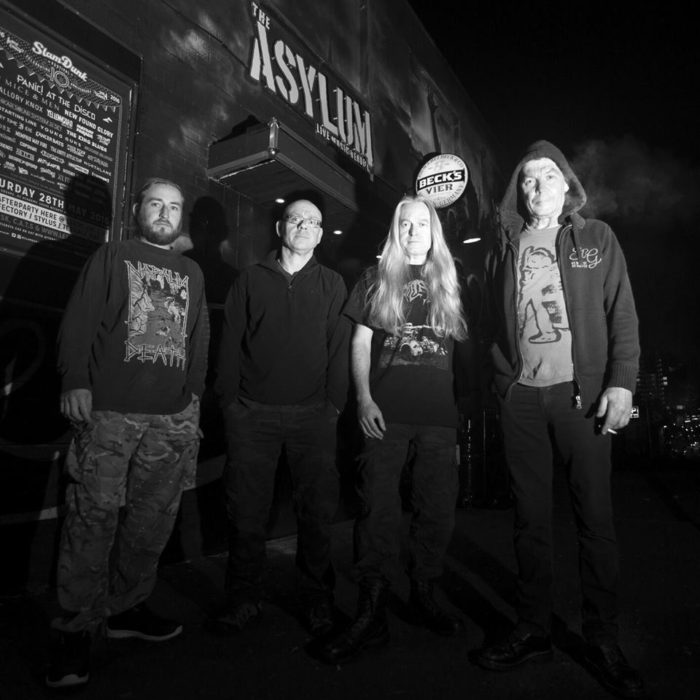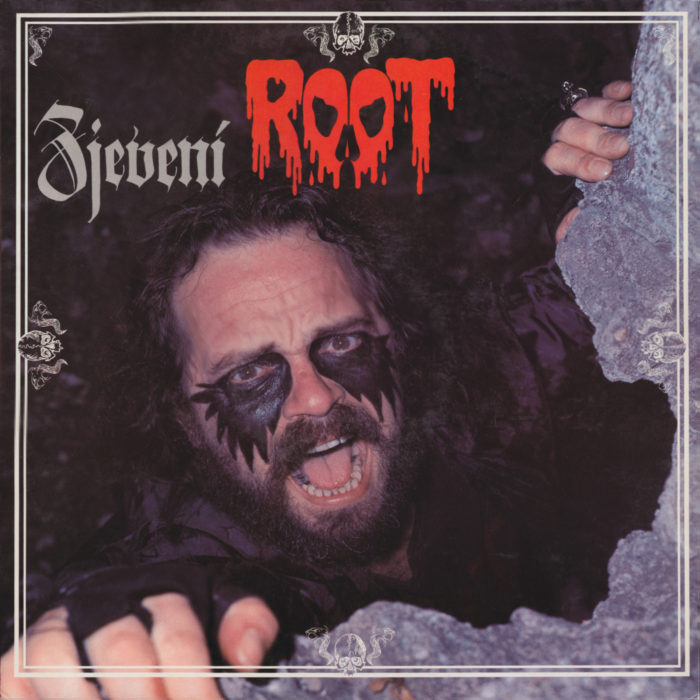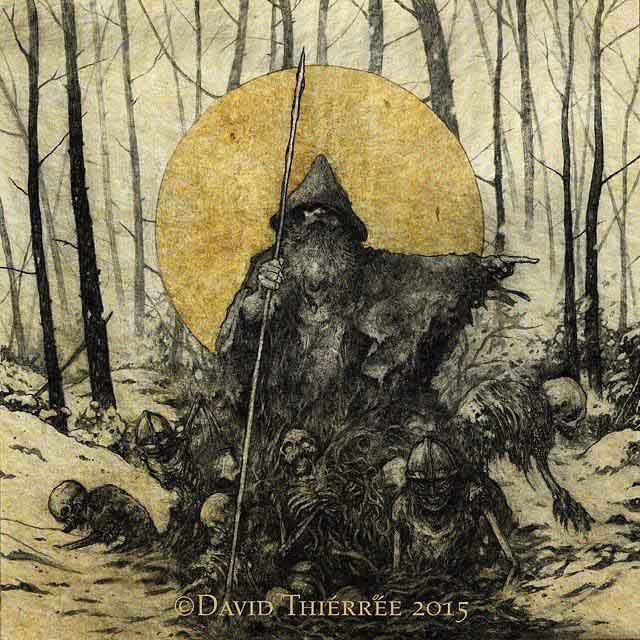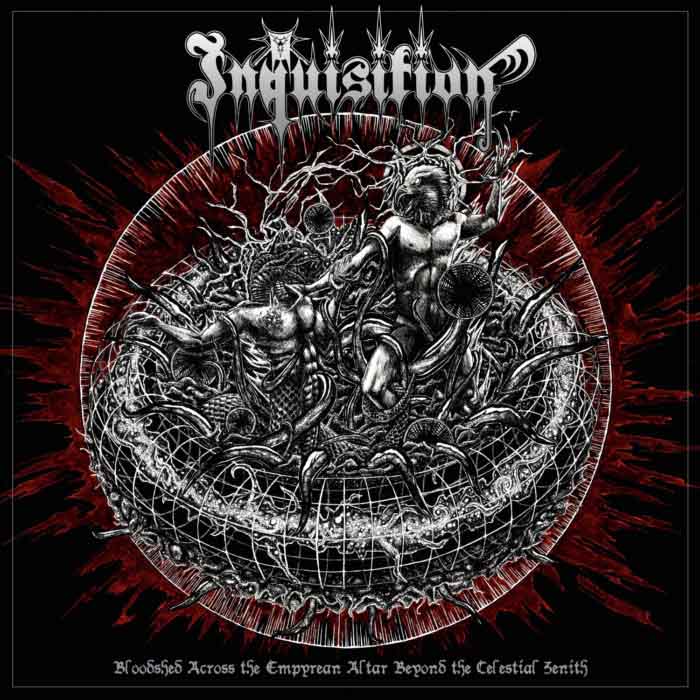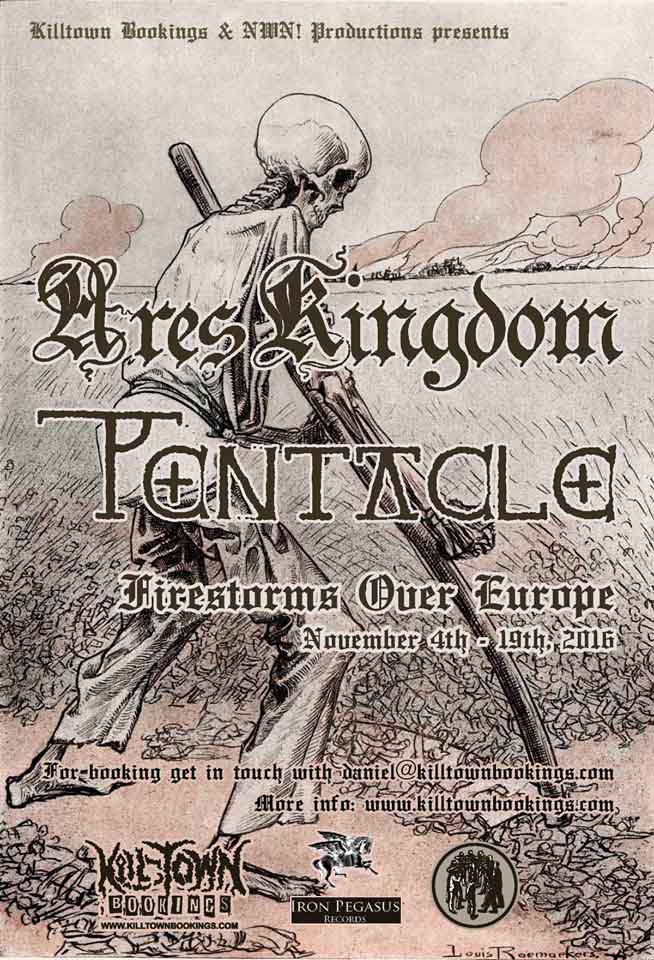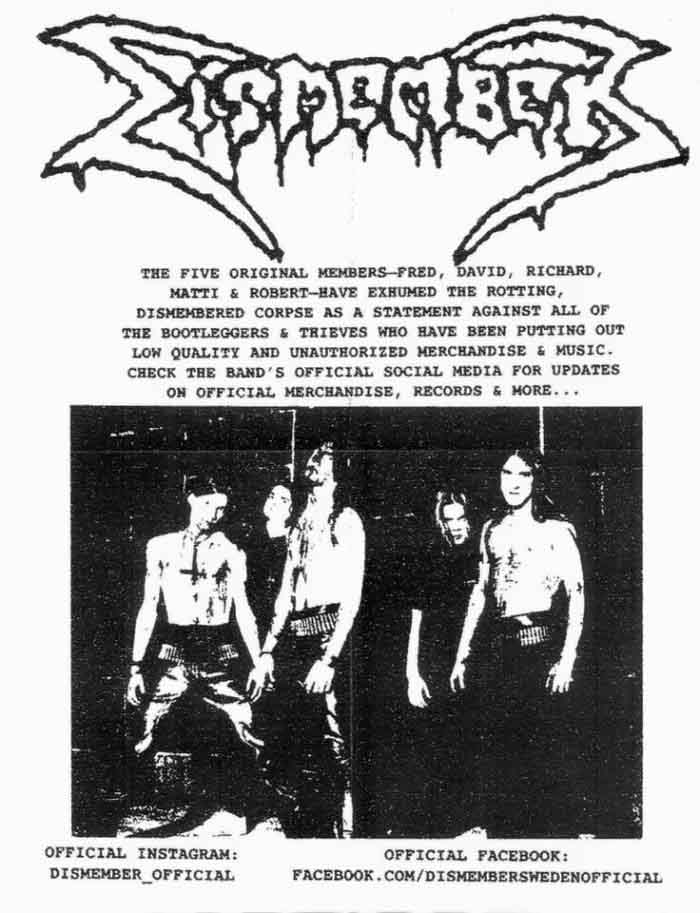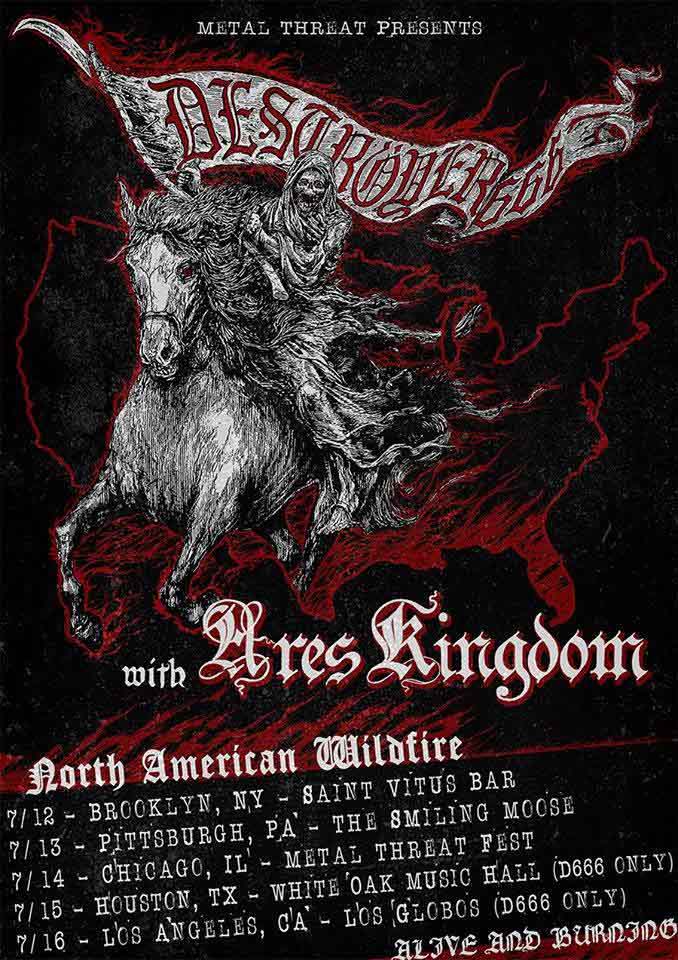
Article by David Rosales.
The Witch is a non-Hollywood movie set in the 1630s dealing with a witch psychological attacking a family of New England colonists. The Witch here is typical of traditional European folklore. The filmmakers took cues from historical documents, “first hand” accounts, and contemporary folk tales. Lurking behind the vague but shocking impressions veiled in mystery that our post-Christian society still has, are the insubordinate traditions and purposely asocial philosophies that defined the attitudes of practitioners of the left hand path.
(more…)
23 CommentsTags: 2016, art films, film, Horror, horror film, horror movie, Left Hand Path, Philosophy, review, Robert Eggers, The Witch
